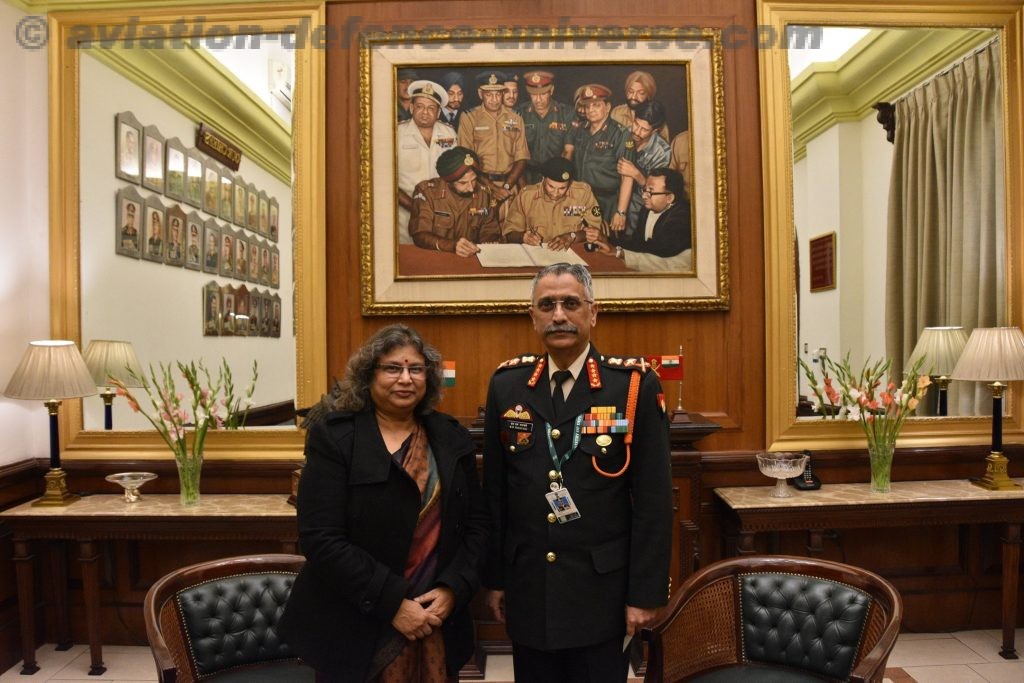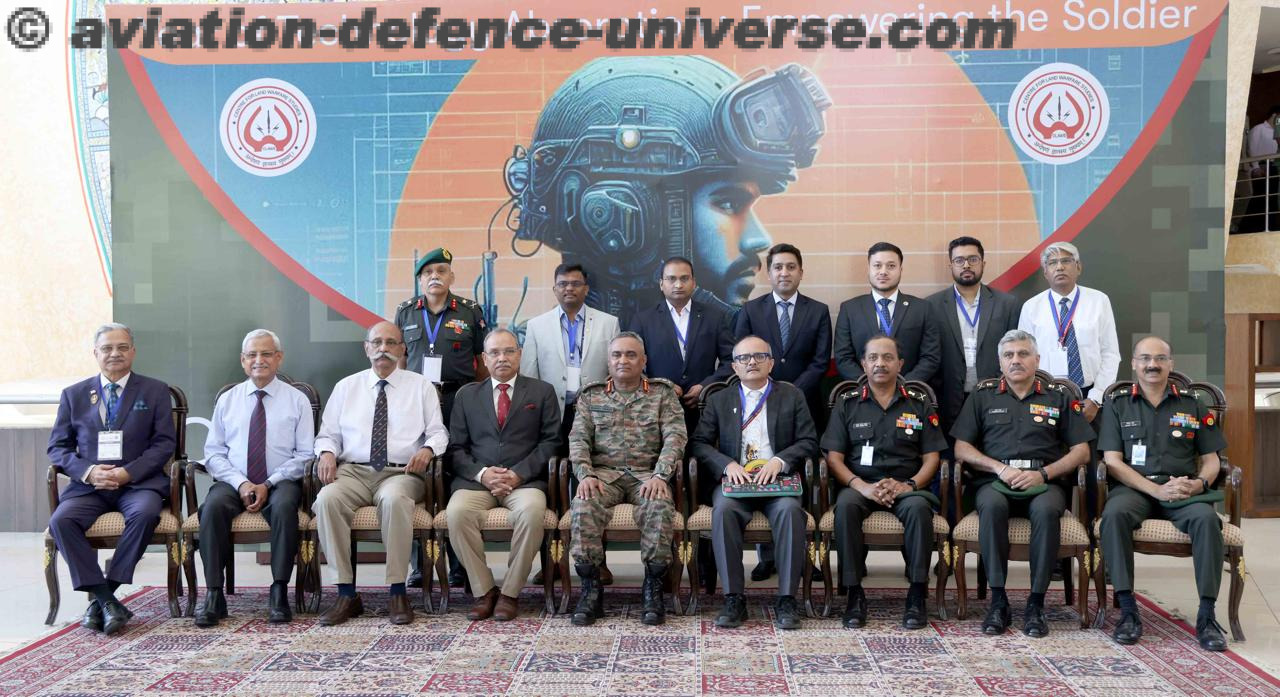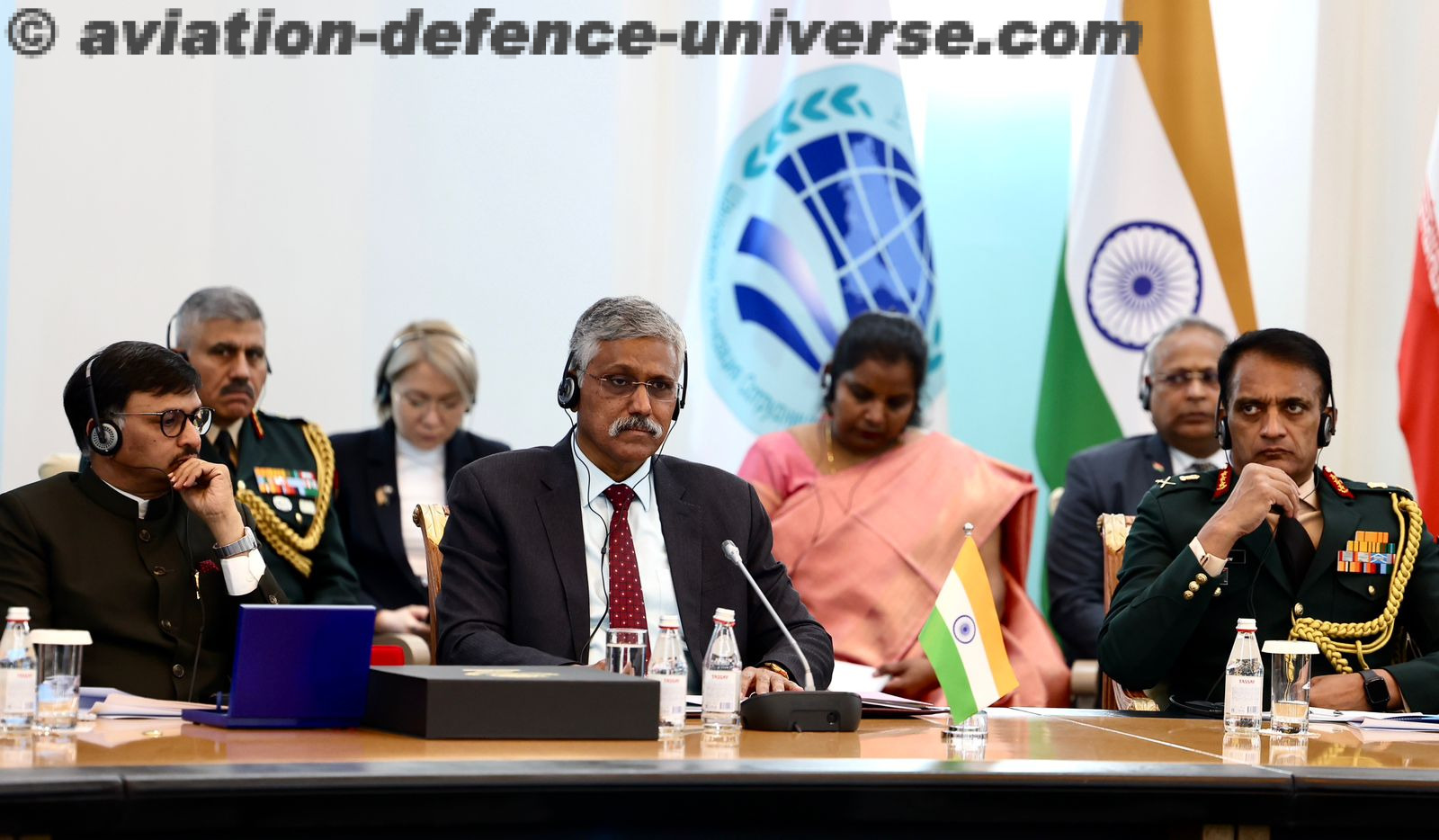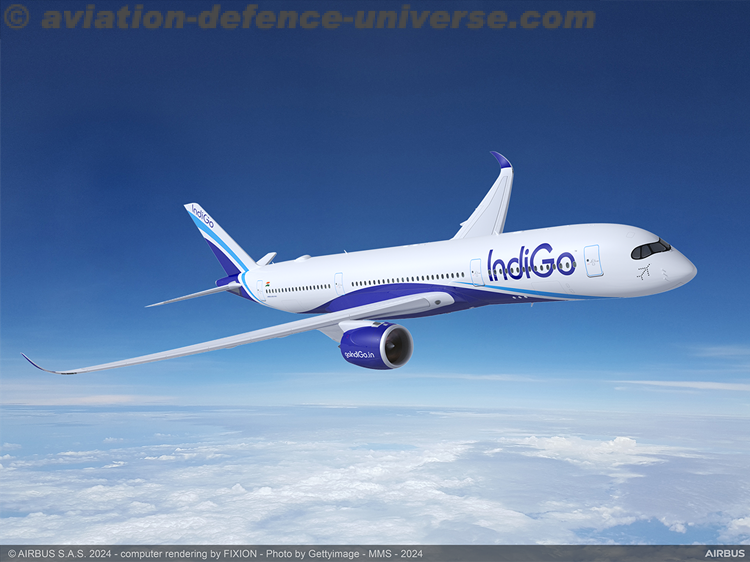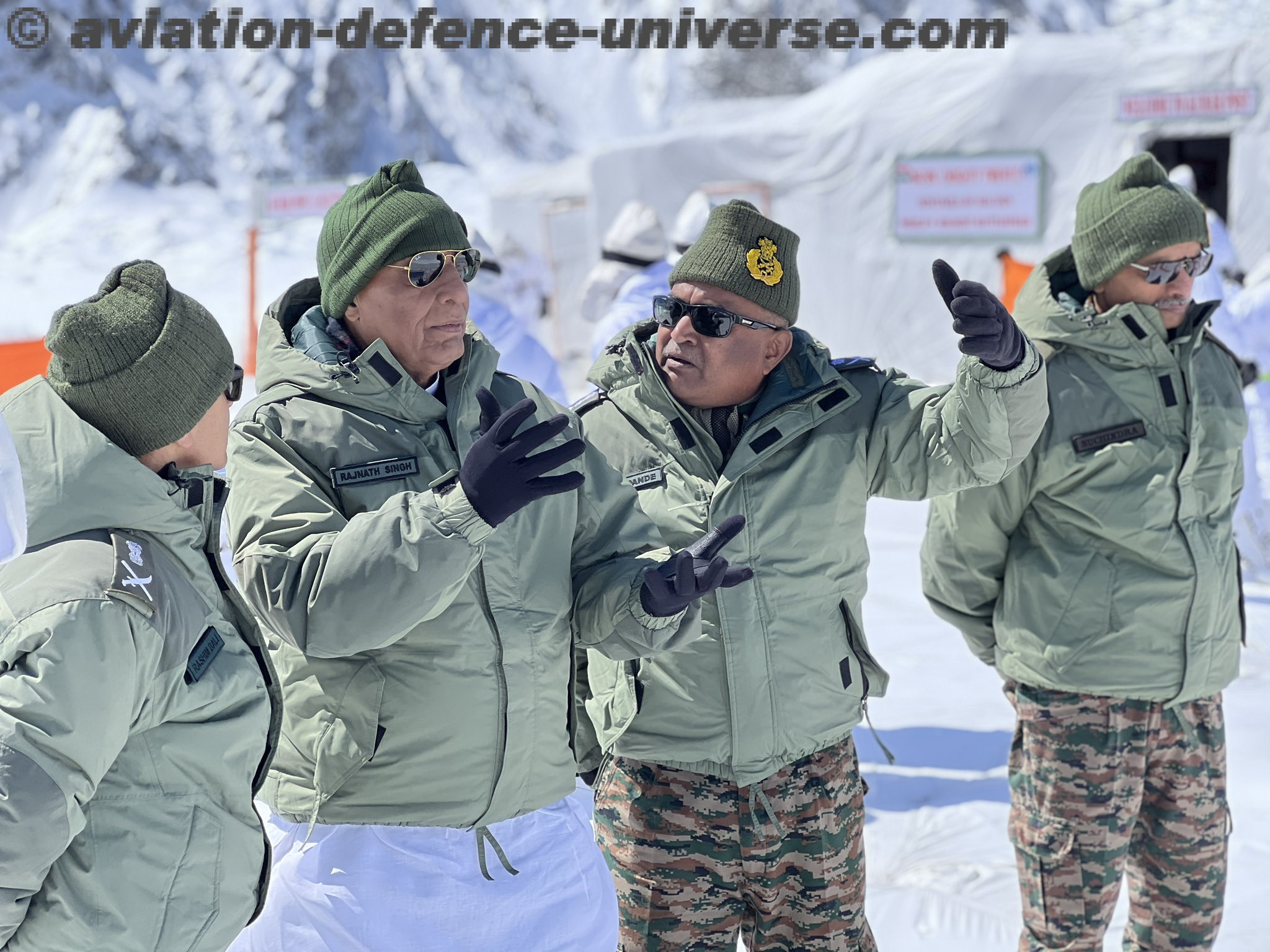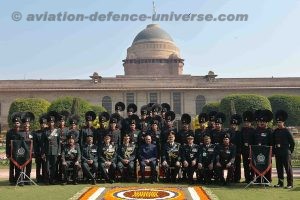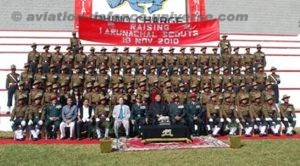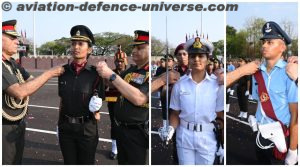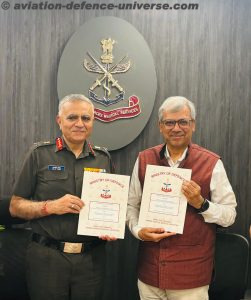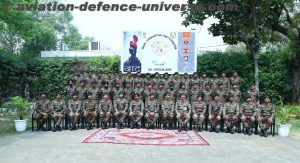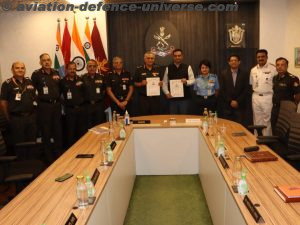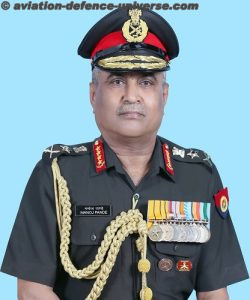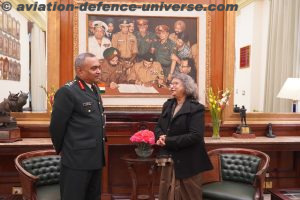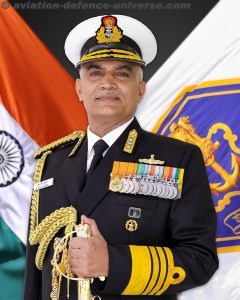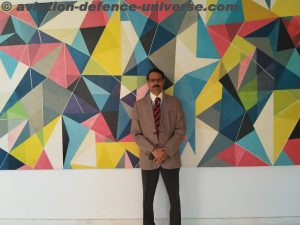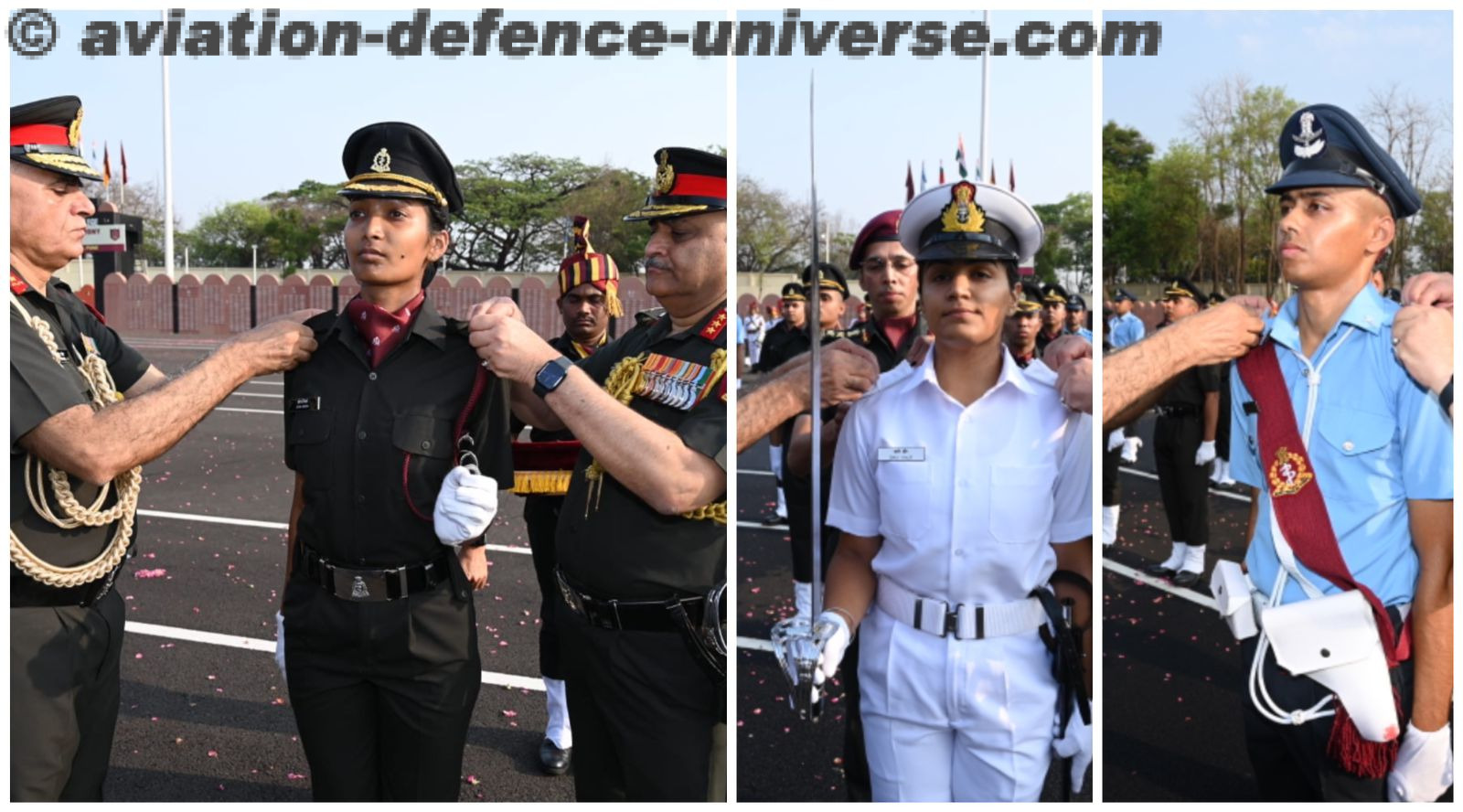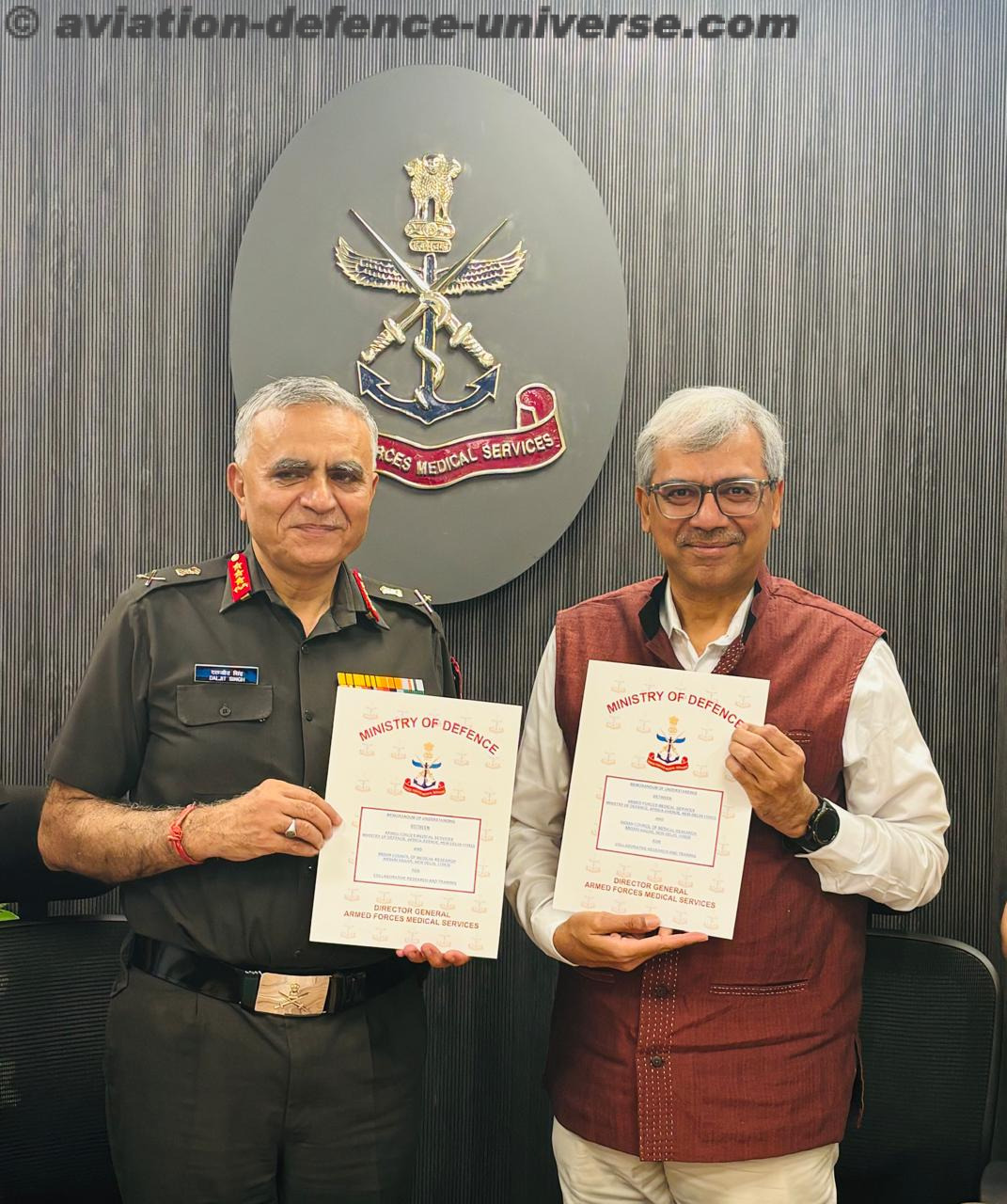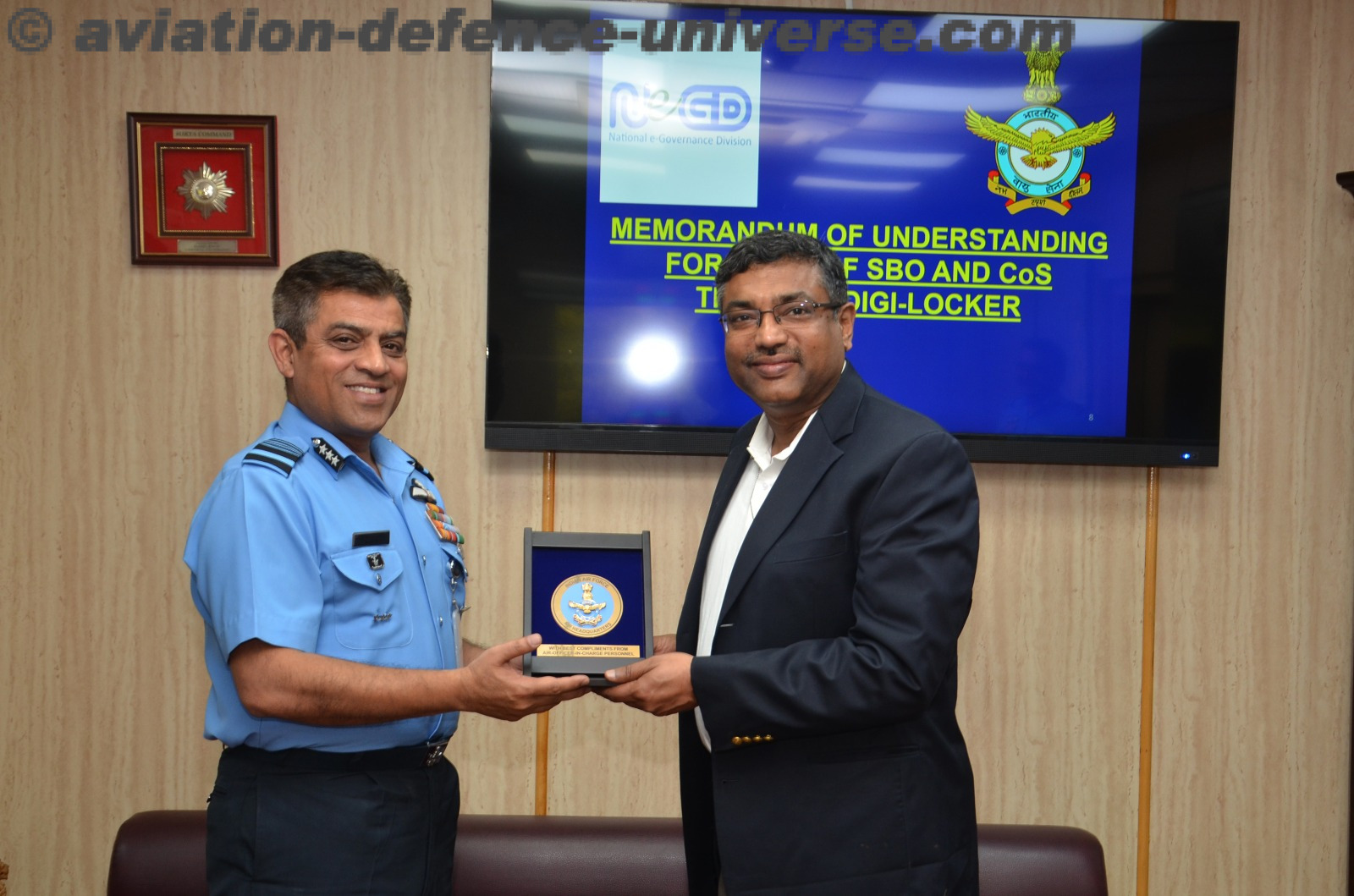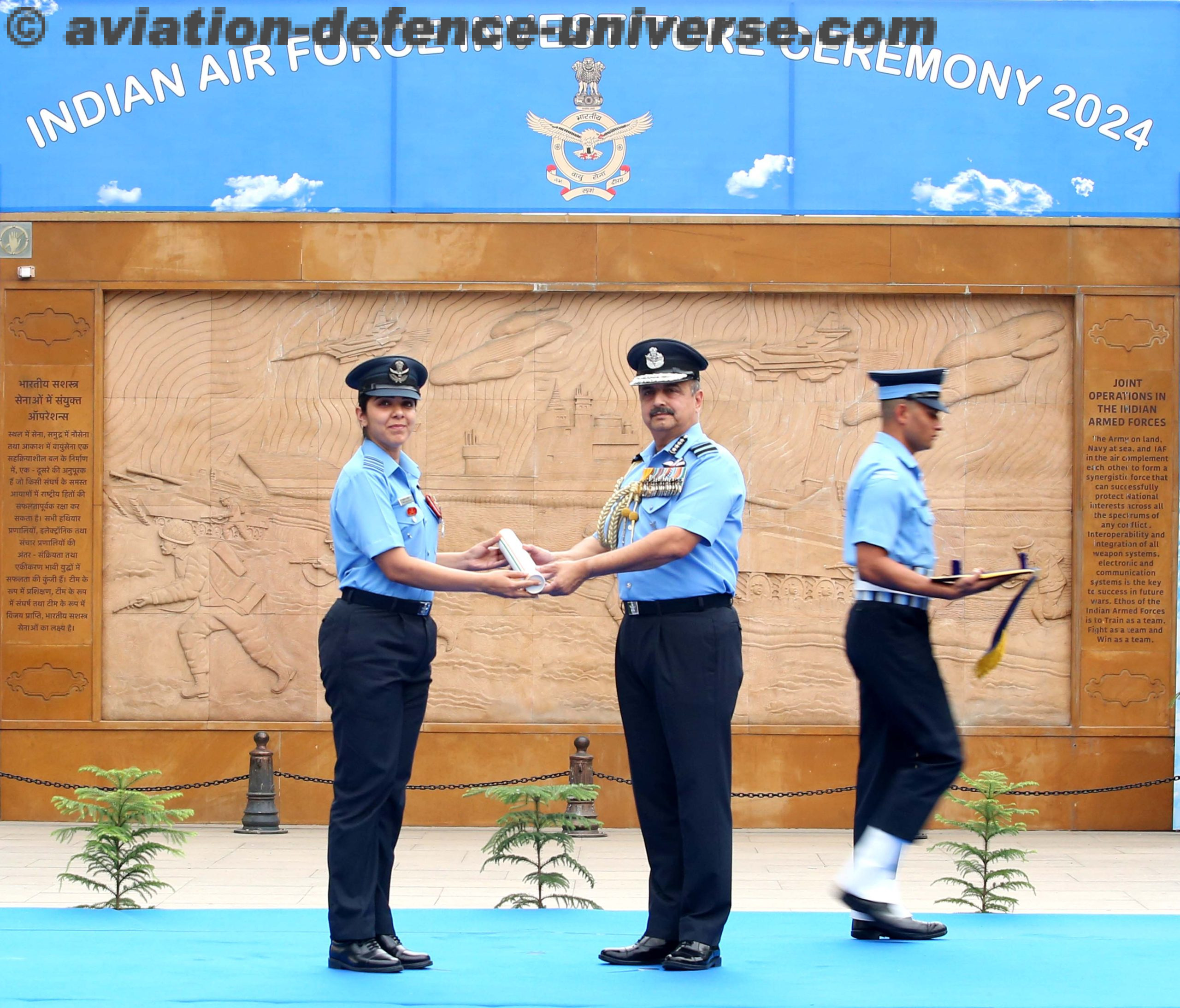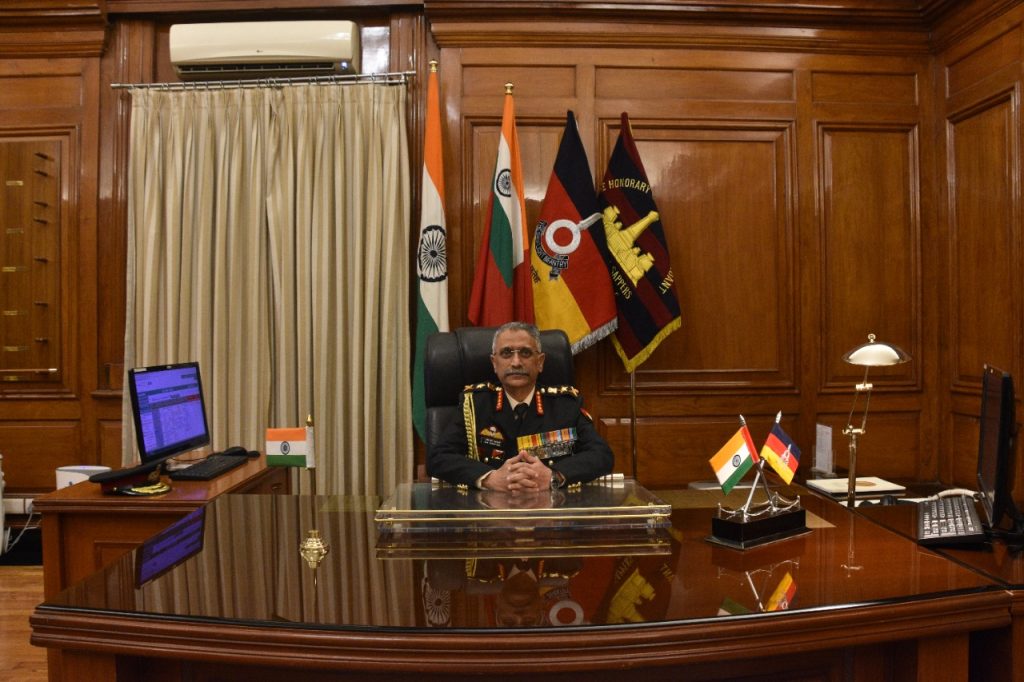
New Delhi. 14 January 2022. “The Indian Army is one of the largest Armies in the world with a huge inventory of weapons and equipment that is necessitated by the varied and difficult terrain. The quick wars since Independence have compelled us to equip ourselves through rapid imports and the legacy equipment has outlived its life thereby mandating a major modernisation push to be prepared for any eventuality in the future. This is truly a great opportunity for all of us to equip ourselves into a modern and truly self-reliant force through indigenous equipment,” said Indian Army Chief General Manoj Mukund Naravane PVSM, AVSM, SM, VSM, ADC in an exclusive interview to Aviation & Defence Universe (ADU),on the occasion of Army Day, 2022.
ADU. What are the major issues of preparedness that concern you as the Chief of the Indian Army and how do you plan to encounter them?
COAS. The Indian Army faces, and will continue to face, operational challenges in the entire spectrum of conflict, both in the conventional or unconventional domains. Our operational requirements continue to guide our procurement of emerging technologies, which act as force multipliers, providing us the much-needed combat edge over our adversaries. Capability Development & Modernisation of the Indian Army is aimed at ensuring and enhancing operational preparedness. This is a continuous and dynamic process. With the promulgation of the revised Defence Acquisition Council 2020 provisions and emphasis on Atmanirbhar Bharat, there is a focus on procuring and inducting either Make in India equipment or building imported platforms using technology transfer from our foreign partners. With the assistance of DRDO, DPSUs and OFBs, we are continuously working to ensure a higher domestic content in all our equipment procurements. We are also partnering with academia and private start-ups to absorb emerging and niche technologies in our warfighting arsenal. Already a number of centres of excellence have been created in the fields of 5G, quantum technology and artificial intelligence.
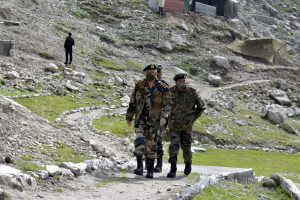
ADU. The resizing of the Army has been your KRA. When is this plan likely to materialise & what would be its main fallout/advantage?
COAS. The Indian Army needs to be right-sized in order to be an effective instrument of state policy. For this, most of the recommendations of the Committee of Experts (CoE) have been implemented with the strategic objective of enhancing the combat capability by way of modernization and technological transformation while reducing the revenue expenditure. To achieve the desired level of flexibility and potency, our endeavour has been to optimize manpower in the Armed Forces and increase the teeth to tail ratio with the purpose of correcting the bias of defence budget towards revenue expenditure. We optimised certain manpower through the disbandment / downsizing / merger of total of 315 Establishments as recommended by the Committee of Experts. WE have also been able to provide a sizable strength of Officers, JCOs and OR as alternate arrangements to meet the engineering and logistics voids in various Establishments/Units.
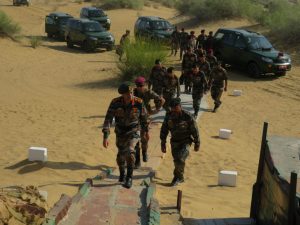
ADU. As the Chief, are you satisfied with the budget allocated to the army, keeping in mind it’s strength and needs?
COAS. Budget has never been a constraint in our modernisation efforts. Adequate forecasting and monitoring mechanisms are in place to ensure that budgetary support is always available in the modernisation drive. The same expectations continue to hold true for the forthcoming budget as well. There has been a gradual but constant increase in the Army’s Budget over the past five years. Funds were utilised to address operational voids, modernisation and procurement of Op-oriented equipment. The maintenance and sustenance of Forces would continue in a most-optimal manner. Adequate funds are being made available at various stages during the financial year to meet any emergent requirements.
ADU. Will Make in India and Atmanirbhar Bharat slow the process of procurement for the Army? To meet the challenges on all borders does the Indian Army require urgent imports to fill existing gaps?
COAS. We need to develop a vibrant defence industrial base and invest in niche home grown technology that will not only produce new age systems but also provide indigenously developed spares/ replacements to sustain the existing inventory. We need to transform from being an import-centric Army to an indigenously supported modern advanced Army. Recent initiatives by the MoD have been great enablers in intensifying our quest in achieving self-sufficiency in defence equipment. These relate to the changes to the FDI regime, promulgation of the new Defence Acquisition Policy 2020, setting up of defence corridors, positive lists, promoting def exports and a major boost to innovation. The Indian Army too has adopted a proactive approach under Atmanirbhar Abhiyan to reach out and harness the Indian Defence Industry.
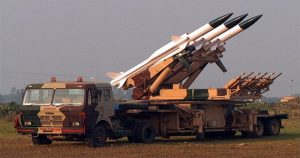
We are upbeat but we must also realise the challenges. Even our current complex systems have a major imported technology content and that too for which the foreign OEMs are not ready to part. We will need the industry to step up and the Services to handhold the private industry to deliver indigenous complex systems to us. On the policy and focus front we are doing rather well – but this is not to undermine the challenges which lie ahead – which is to convert the great buzz and potential into concrete delivery by tapping the low hanging technologies available in our eco system, and the creativity, innovation and enterprise of ‘New India’, to induct with speed combat platforms into our units.
The Indian defence industry is maturing and is now quite capable of developing indigenous solutions to meet the requirements of the Armed Forces. Currently our industry is delivering diverse equipment ranging from long range delivery systems to UAVs to Specialist Vehicles to Personal Protective equipment and is developing some niche solutions through the design and development route too. The equipment delivered so far has been both competitive as well as reliable.
ADU. Army Aviation has been asking for more. What is the latest on the flying wing’s sufficiency front?
COAS. Army Aviation already has a fleet of Armed helicopters such as Rudras which have been in service for almost a decade. Notwithstanding, Army Aviation has to induct two types of Attack helicopters ie LCH & Apache in the next two to three years. In fact, the first LCH Squadron would be raised within a few months and the first set of platforms manufactured by M/s HAL are ready at Bangalore. The Apaches are arriving in Feb/Mar 2024, while the training is to start from next year onwards. Army Aviation in future would be a major Force Multiplier and its involvement in the Tactical Battle Area (TBA) will increase manifold.
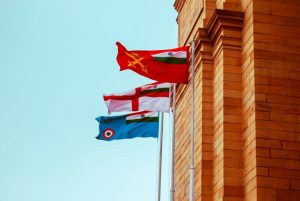
ADU. Does Army see theaterisation as a successful war strategy and a fruitful deterrence plan?
COAS. Theatre Commands will facilitate swift and concerted response to emerging threats with tri-services resources being integral to a theatre. In addition, theaterisation will also lead to optimal utilisation of resources through increased efficiency and synergy. India’s security imperatives are unique and hence, no template can be replicated, as such. Our Armed Forces need to be always prepared to execute a robust response for the multi-spectral challenges that we face. We need to be prepared to fight a conventional war, while continuing to guard our multi front borders, countering proxy war and insurgencies, defend our island territories, be prepared for Out of Area Contingencies and dominate our seas and skies. Therefore, we need a tailor-made model suited to Indian requirements. While I say this, we all understand that establishment of Integrated Theatre Commands is mandatory in order to bring jointness and enhance our operational efficiency. Some changes in structures, Command and Control arrangements and functioning are inescapable in such major structural initiatives. These are being deliberated and concretised at the level of the Service HQ.
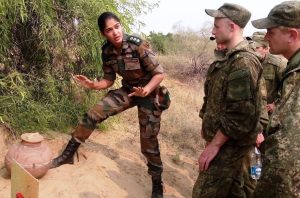
ADU. With NDA all set to welcome women, when does the Army’s infantry see women as a part of it? Won’t that be true gender equality? As Chief have you taken up the case with the ministry?
COAS. Women Officers are serving proudly and confidently in various operational theatres of the Indian Army. With an aim to provide equal opportunities to women, the Indian Army has granted Permanent Commission (PC) to women officers at par with their male counterparts.
With the grant of PC, women officers can aspire to achieve greater glory and shoulder higher ranks and responsibility. All women officers granted PC are undergoing special training courses and challenging military assignments to empower them for higher leadership roles in the Indian Army.
Women Officers are undergoing training to fly combat helicopters. Women officers are already in the fore-front in the Engineers, Army Air Defence, Signals and other services. With induction of women soldiers into the Corps of Military Police, we are seeing an enhanced role of women among front line soldiering.
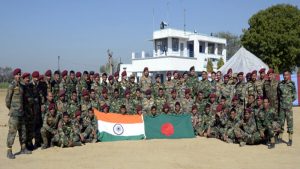
ADU. Army has a great role in developing bilateral ties through friendly visits and exercises. As Chief do you feel there are regions in the world and countries to which we need to expand this strategy of creating military partnerships?
COAS. The Indian Army is a professional organisation with rich operational experience. Other Armies across the world are therefore eager to engage with us through joint exercises based on varied themes of mutual interest. We engage with over 55 Friendly Foreign Countries through 31 joint exercises, which are single & multi service, as also bilateral or multilateral in nature. We are expanding the scope of these exercises by reviewing the complexity of the themes and depiction of challenging scenarios. This is a constant process to ensure that current best practices and techniques are exchanged between participating armies.
Complexity of joint exercises is continually being increased by adding bi/tri service components, latest trends in war fighting, peace keeping and HADR issues. Army to Army relations with countries of imdt neighbourhood are deeply valuable and well established. It permeates all interactions and exchanges with officers and men of both armies. High level visits from both sides are an upshot of such relations.
